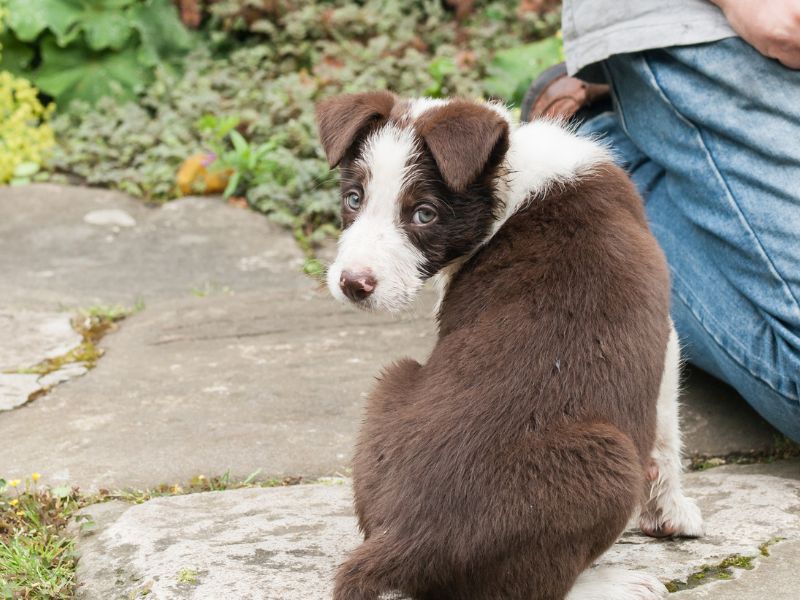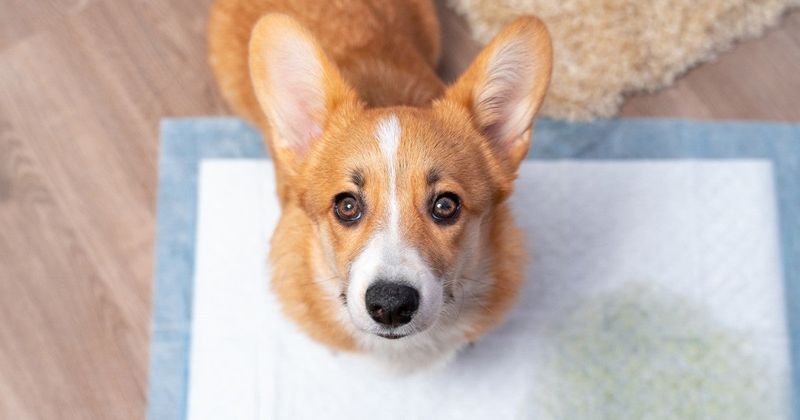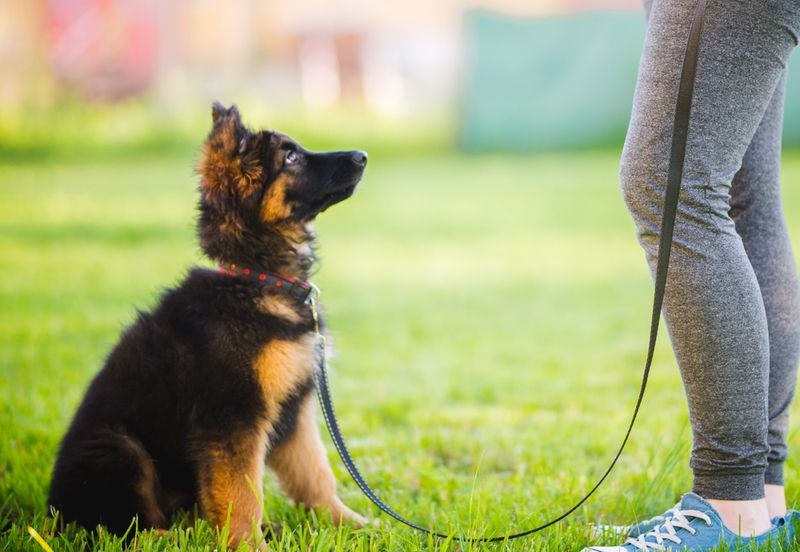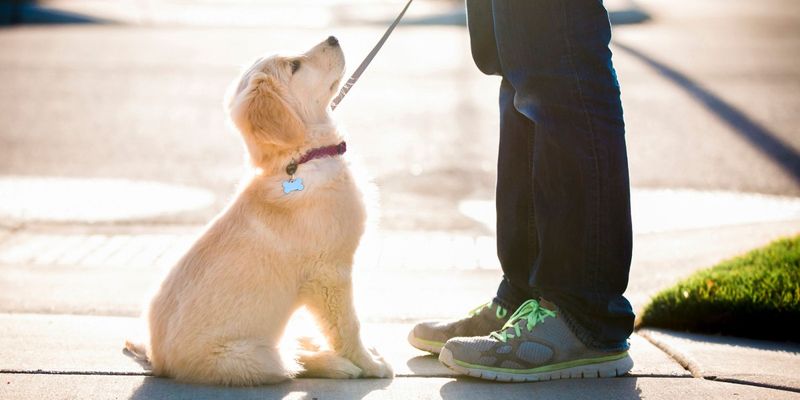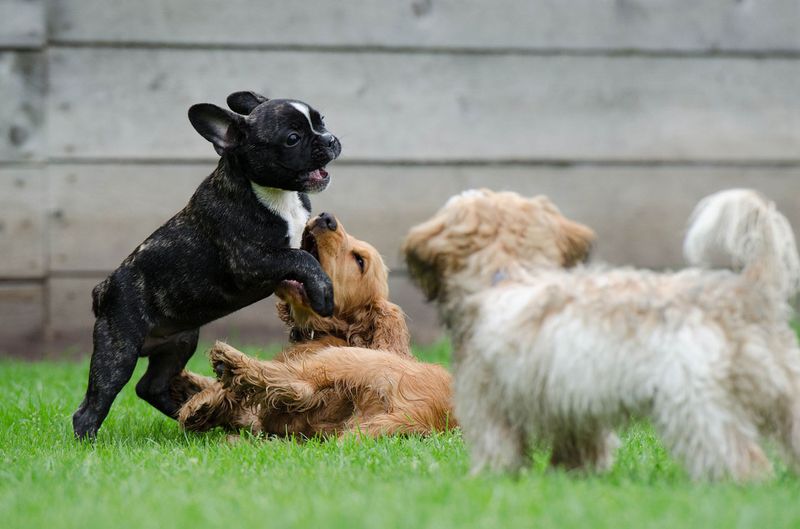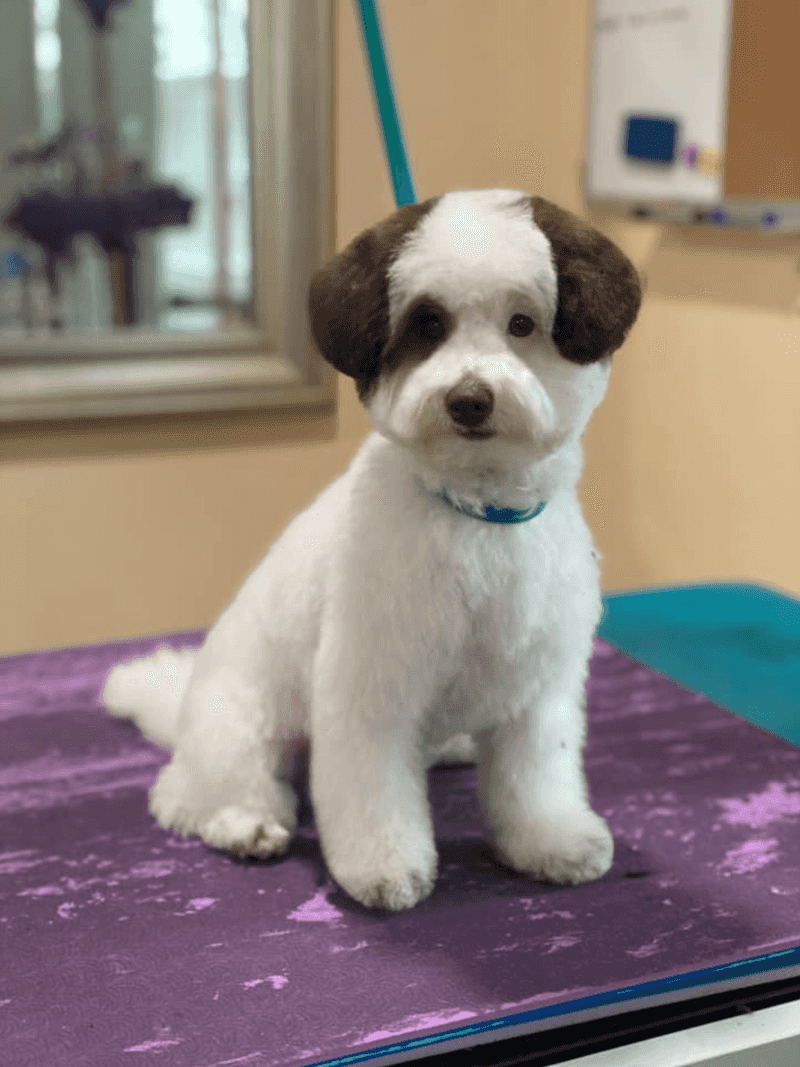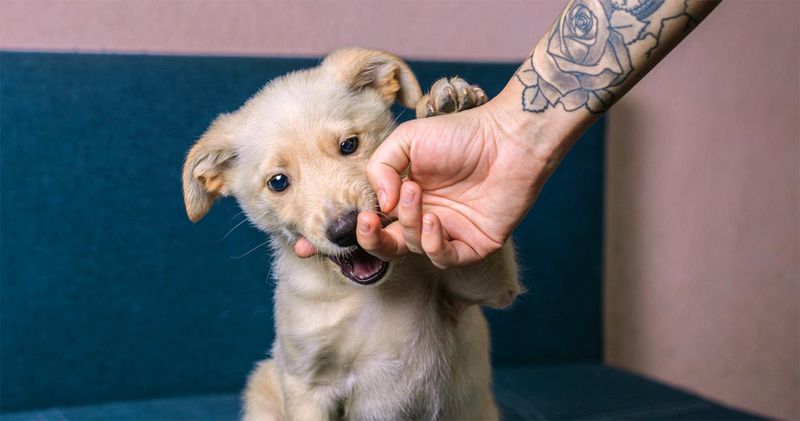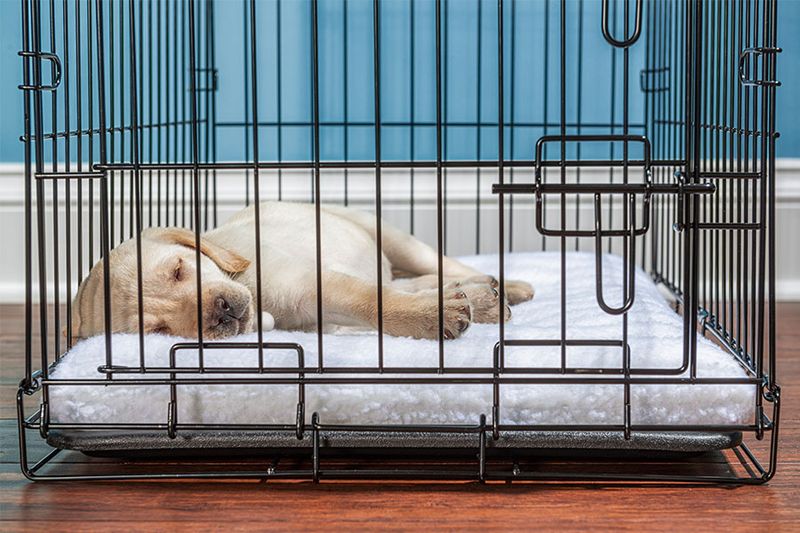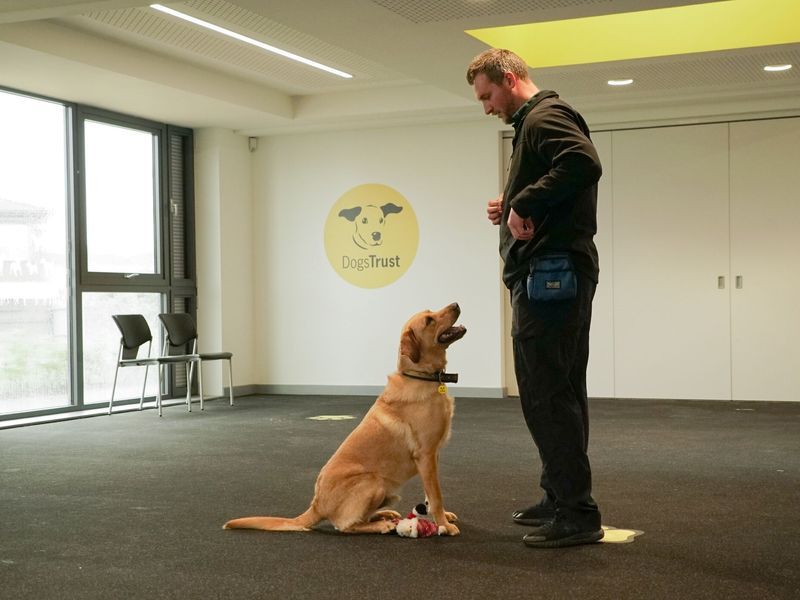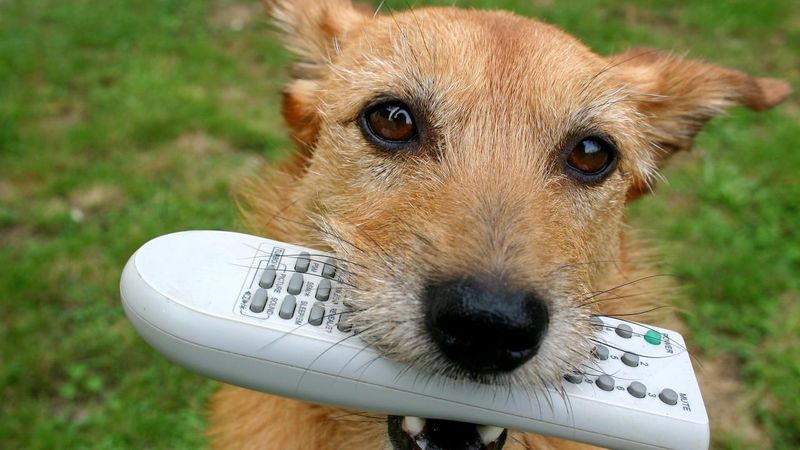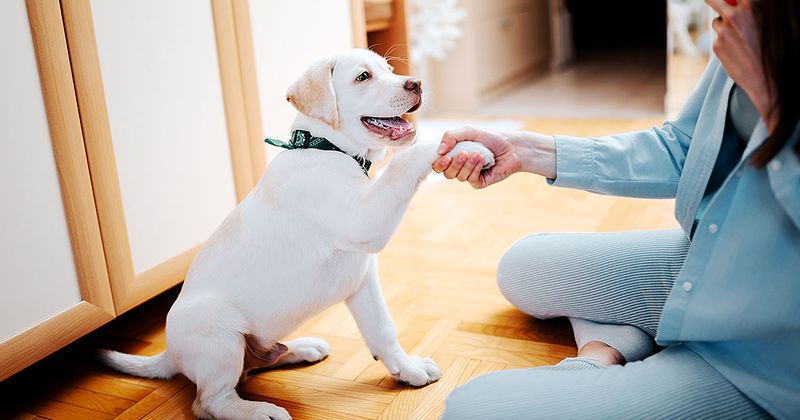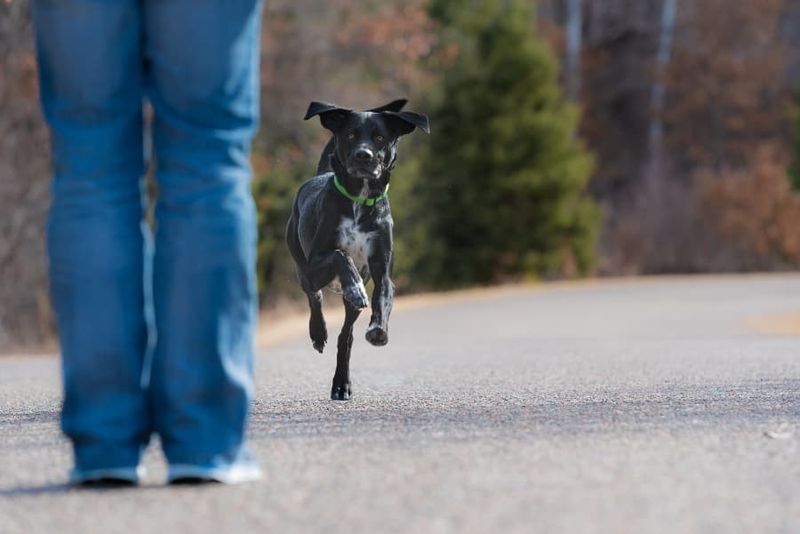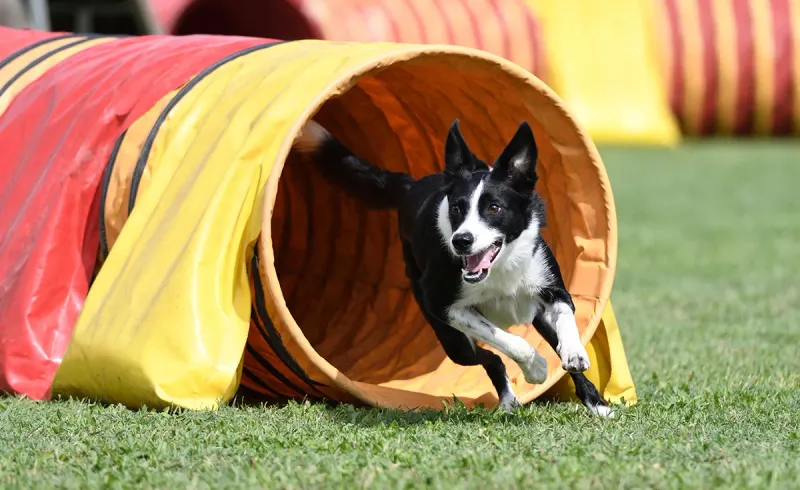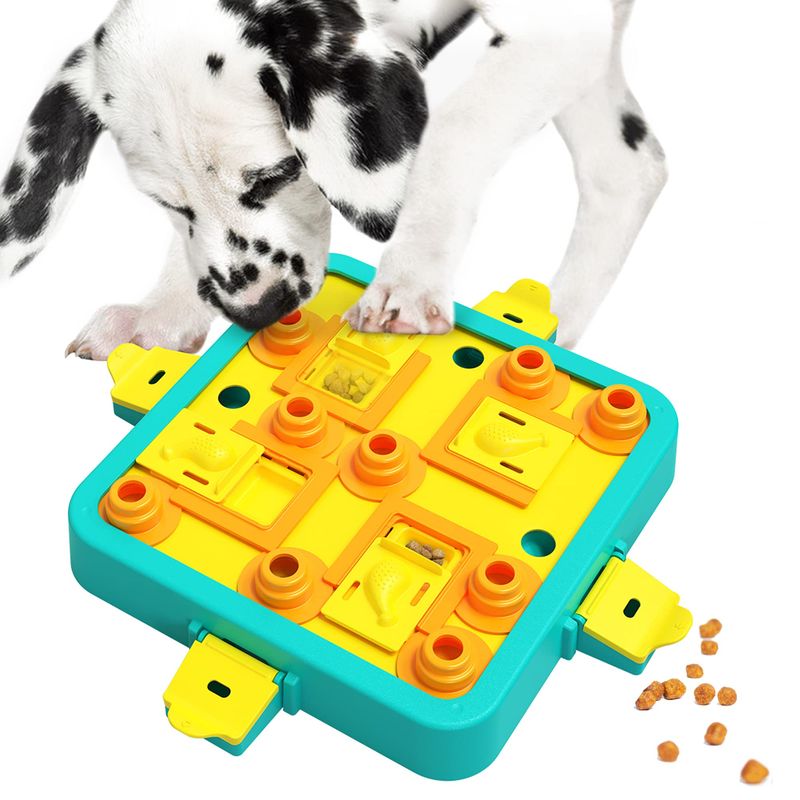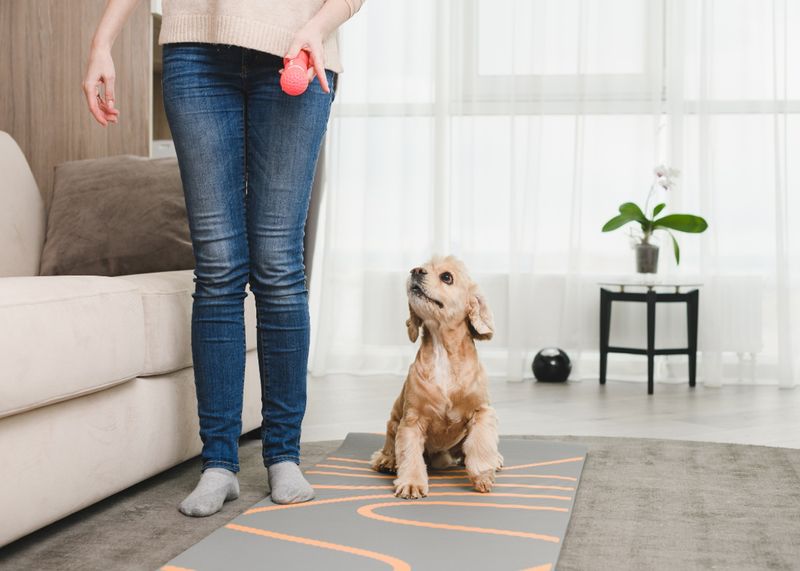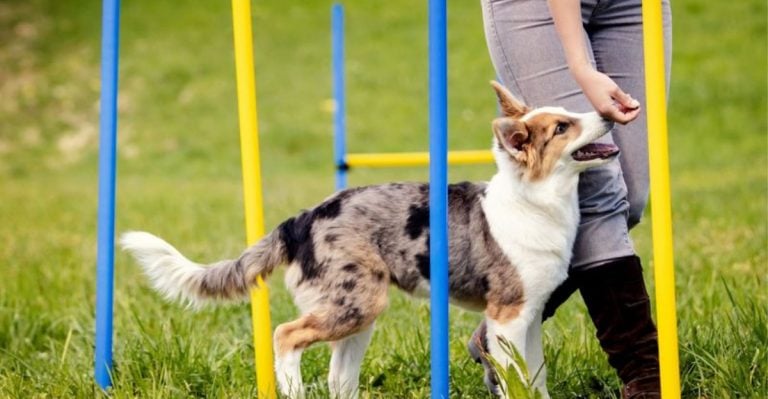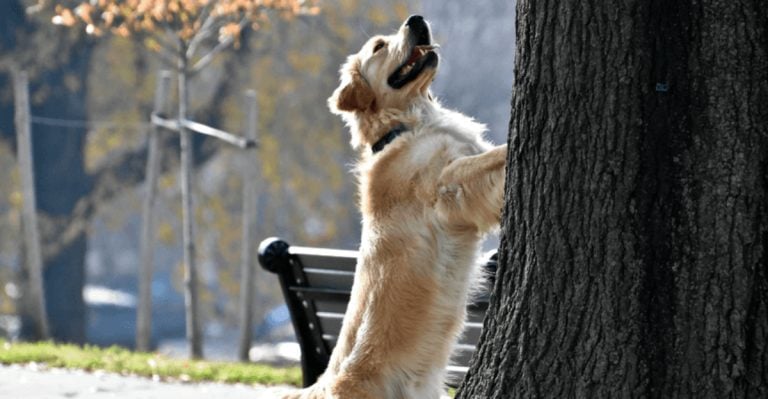10 Puppy Lessons to Teach Before Age 2—And 5 They Can Learn Later
Bringing a puppy into your life is equal parts heart-melting joy and overwhelming chaos. One moment they’re curled up like an angel in your lap, the next they’re chewing through your favorite sneakers with an innocent sparkle in their eye.
But here’s the thing—those first two years? They’re not just cute. They’re crucial.
Think of puppyhood as the blueprint phase of your dog’s life. This is when their little brains are the most sponge-like, soaking up everything you teach them (intentionally or not).
Habits, behaviors, and personality quirks that form during this window can stick around for a lifetime—for better or worse. That’s why the lessons you teach during this stage carry so much weight.
But let’s be honest: it’s easy to get overwhelmed. There’s a fine line between raising a well-mannered pup and turning into a drill sergeant with a treat pouch.
The good news? You don’t have to teach them everything right away. Some behaviors are best tackled during their early years, while others can be introduced a little later when they’ve matured and mellowed.
In this guide, we’ll walk you through the 10 most important lessons every puppy should learn before they turn two, from leash skills to social smarts.
Then, we’ll dive into 5 valuable skills they can pick up later on, once their paws are a bit bigger and their zoomies a little more controlled.
1. Name Recognition
When your puppy hears their name, they should light up with recognition. This foundational skill is more than just a party trick; it’s their initial step into the world of communication.
Imagine calling them from across the yard and watching those little paws scamper towards you.
Establish this connection by using their name with positivity and treats. Consistency is key, turning their name into a sound they love to hear.
Over time, this becomes the bridge to all other commands, ensuring safety and understanding in various situations.
Fun fact: Puppies often respond better to names ending in a long vowel sound.
2. Potty Training
Few things are as satisfying as a successfully house-trained puppy. This vital lesson fosters trust and prevents future headaches. Begin by establishing a routine, taking them out first thing in the morning, after meals, and before bedtime.
Accidents happen, but each is a learning opportunity. Use praise and rewards to reinforce successes, and never scold for mishaps. Over time, your pup will understand where to go, making life more pleasant for everyone.
Crate training can be a helpful tool in this process, providing a safe space for your puppy to rest and understand boundaries.
3. Basic Commands (Sit, Stay, Come, Down)
Every puppy benefits from mastering basic commands like sit, stay, come, and down. These commands lay the groundwork for good manners and safety. Imagine the peace of mind knowing your pup will sit at the curb instead of darting into traffic.
Training should be fun and engaging, using treats and toys as incentives. Keep sessions short and frequent to maintain their interest. Celebrate each little victory with enthusiasm, reinforcing the behavior you want.
The key is patience and consistency, turning these commands into second nature for your pup.
4. Leash Walking
Imagine leisurely strolls with a pup perfectly in step beside you. Leash walking is more than just a skill; it’s an exercise in communication between you and your dog. Loose-leash walking prevents pulling and creates pleasant outings for both parties.
Start in a quiet environment, gradually introducing distractions. Use rewards to encourage your puppy to stay close and focused. Over time, your consistent guidance will teach them patience and attentiveness on walks.
Did you know? Beagles were bred for tracking, which makes leash training an essential part of their upbringing.
5. Socialization With People and Dogs
Opening your puppy’s world to new experiences is crucial for developing a well-rounded dog. Socialization involves introducing them to a variety of people, dogs, and environments during their formative weeks.
This exposure helps prevent behavioral issues like fear and aggression later in life. Encourage positive interactions by rewarding calm and curious behavior. Keep experiences diverse yet controlled to ensure they’re enjoyable.
Remember, every new adventure builds confidence, making your pup a happy and adaptable companion.
6. Handling and Grooming Tolerance
Teaching your puppy to accept handling and grooming is a gift that lasts a lifetime. Imagine stress-free vet visits and grooming sessions, thanks to your pup’s comfort with being touched.
Begin by gently handling their paws, ears, and mouth daily, pairing the experience with treats. Gradually introduce grooming tools, allowing them to sniff before use.
Patience and positive reinforcement will turn grooming into a bonding experience rather than a dreaded chore.
7. Bite Inhibition
A gentle mouth is a hallmark of a well-mannered dog. Bite inhibition teaches puppies to control the force of their bites, preventing rough play and accidental injuries.
During play, if those tiny teeth get too enthusiastic, a simple “ouch” can signal them to ease up. Redirect their focus to appropriate chew toys, reinforcing gentle behavior.
Over time, your puppy will learn to play nicely with both humans and other pets, becoming a delightful companion.
8. Crate Comfort
Think of the crate as your puppy’s personal sanctuary—a safe place for rest and relaxation. Teaching crate comfort helps reduce anxiety during travel or emergencies, and aids in house training.
Introduce the crate as a positive space by using treats and toys. Allow your puppy to explore and enter willingly. Over time, they’ll associate the crate with comfort and security.
Remember, a crate isn’t a prison; it’s a cozy den that offers your pup a sense of safety.
9. No Jumping on People
Polite greetings start with all four paws on the ground. While a jumping puppy might be adorable now, it can be overwhelming as they grow. Teaching them to greet people calmly prevents reinforcing an unwanted habit.
Encourage greetings by rewarding sitting behavior. Consistency across all members of the household will reinforce this lesson.
A well-behaved welcome sets the tone for other training success.
10. Leave It / Drop It
These commands could be lifesavers, preventing your pup from ingesting something harmful. “Leave it” and “drop it” teach them to resist temptation and let go of items they shouldn’t have.
Use treats as both distractions and rewards. Practice regularly so they understand the importance of these commands.
A pup that listens to “leave it” is a safer pup, able to avoid dangers in their environment.
11. Advanced Tricks (Shake, Roll Over, Play Dead)
Teaching advanced tricks is a fantastic way to strengthen your bond and showcase your pup’s cleverness. These tricks offer mental stimulation and are sure to impress your friends.
Once your dog has mastered basic commands, introduce fun tricks like shake, roll over, and play dead. Use treats and consistent routines to guide them.
Remember, training is a journey of patience and creativity, and every trick learned is a testament to your pup’s intelligence.
12. Off-Leash Recall
The joy of letting your dog run free is matched only by the relief of them returning when called. Off-leash recall is an advanced skill that requires a solid foundation in basic commands.
Begin in a controlled environment, rewarding every successful return. Gradually increase the distance and distractions, building reliability.
A strong recall keeps your dog safe and gives you confidence in their responsiveness.
13. Agility or Sport Training
For the energetic pup, agility or sport training offers a fun, physical challenge. Activities like agility, flyball, or scent work engage both mind and body, making them ideal for dogs over two years old.
These sports require patience and focus, but the rewards are great—a fit, happy dog and a stronger bond between you both.
Consider joining a local club to learn and compete in these exciting activities.
14. Complex Problem-Solving Games
Once basic training is second nature, challenge your pup with complex problem-solving games. Puzzle toys and scent tracking can provide mental exercise and stave off boredom.
Introduce these games gradually, praising persistence and cleverness. Watching your dog solve a puzzle is both entertaining and rewarding, showcasing their intelligence.
Such activities keep your dog mentally sharp and engaged, promoting overall well-being.
15. House Manners for Specific Areas
As your pup matures, teaching house manners becomes a matter of nuance. Training them to stay off furniture or avoid certain rooms can help maintain a peaceful home environment.
Start by setting clear boundaries and using positive reinforcement. Consistency and patience will guide them as they learn their place.

